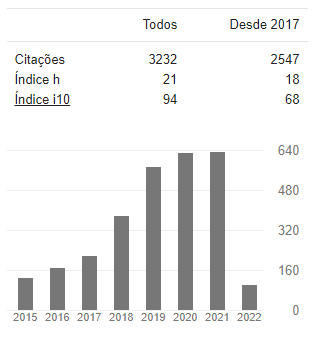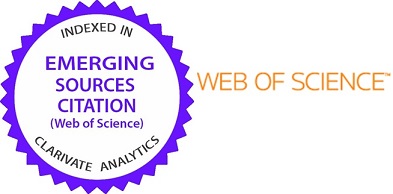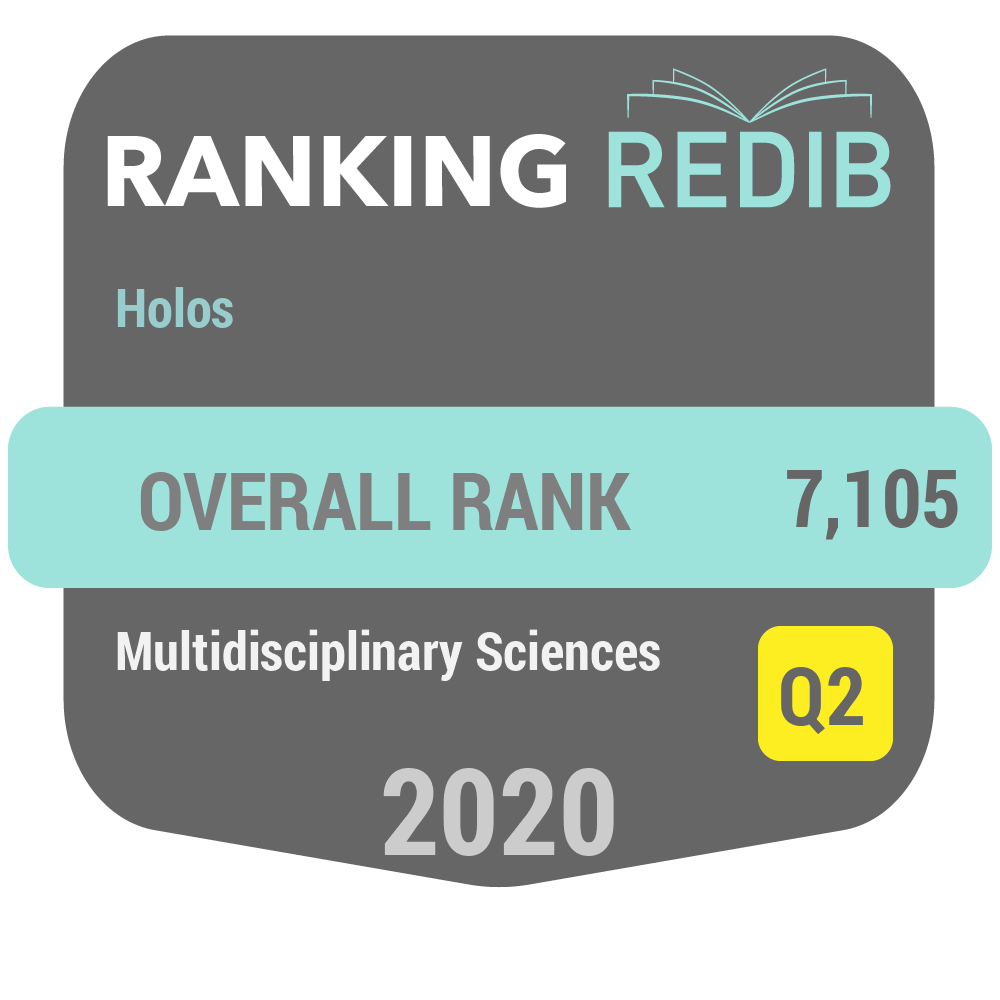NANO-TECHNOLOGICAL PRODUCTS IN ARCHITECTURE AND CONSTRUCTION
DOI:
https://doi.org/10.15628/holos.2017.5497Palavras-chave:
Nanotechnology, Nano-products, Nanomaterials, Construction, Architecture.Resumo
This work presents a review of the scientific literature that deals with the use of nanoscience and nanotechnology in architecture and construction industry in view of letting architects, builders, real estate promoters and interested parties know the scope that various nanomaterials, existing in the construction market, have and that can be used in this activity’s everyday tasks from a sustainable and durable approach to architecture and construction. As a result we present, in an orderly and classified manner, a list of nano-products that can be applied to architecture and construction in building structures, covers and installations with an approach based on the architectonic and constructive durability of each component. It is concluded that there are numerous nano-products with different uses and applications still insufficient for all the construction needs, with important applications however, in relation to the improvement of the durability and degradation of materials (mainly concrete and steel), the efficiency of equipment and devices such as batteries, photovoltaic cells, electrical conductors, OLED lamps, water filters, paints, sealants, windowpanes, electronical components, architectural finishes, among other products.Downloads
Referências
Cai Weiping, Duan Guotao, Yue Li Yue. (2014). Hierarchical Micro/Nanostructured Materials Fabrication: Properties and Applications, Boca Raton, FL, USA: Taylor & Francis Group, LLC.
CC-NanoChem (2010). “New Surfaces in Architecture, Furniture and Design", - Annual Oneday Seminar on "Innovation through Nanotechnology”, Saarbrucken, Germany.
Drexler KE, Peterson C, Pergamit G. (1991). Unbounding the future: the nanotechnology revolution. New York: William Morrow.
Elcosh-NANO (2016). CPWR- The Center for Construction Research and Training. Consulted on June 1st, 2016, at: http://nano.elcosh.org/
EPA (2014). Technical Fact sheet –Nanomaterials, U.S. USA: Environmental Protection Agency.
Fahlman BD. (2011). What is Materials Chemistry? New York: Springer. DOI: 10.1007/978?94?007?0693?4
Feynman R. (1960). There’s plenty of room at the bottom (reprint from the speech given at the annual meeting of the West Coast section of the American Physical Society. Eng Sci 1960 (23), pp.22–36.
Gao, Fengge. (2012). Advances in polymer nanocomposites: types and applications, UK: Woodhead Publishing Limited.
Gubicza Jenó. (2012). Defect structure in nanomaterials, Woodhead Publishing Limited, UK: Cambridge.
Guerrini GL, Corazza F. (2008). White cement and photocatalysis. Part 2: applications. In: First Arab international conference and exhibition on the uses of white cement, Cairo, Egypt; 28–30 April, 2008.
Hanus Monica J., Harris Andrew T. (2013). Nanotechnology innovations for the construction industry, Progress in Materials Science, 58 (2013), pp. 1056-1102.
http://dx.doi.org/10.1016/j.pmatsci.2013.04.001
Kharissova Vasilievna and Ortíz Méndez Ubaldo. (2002). La estructura del fullereno C60 y sus aplicaciones, Ciencia UANL, Volume V, number 4, pp. 475-479.
Krishnamoorthy, Sivashankar and Iniewski, Krzysztof. (2016). Nanomaterials: a Guide to Fabrication and Applications, USA: Taylor & Francis Group, LLC.
Kumar Narendra and Kumbhat Sunita. (2016). Essentials in nanoscience and nanotechnology, New Jersey, EUA.: John Wiley & Sons.
Larramendy Marcelo L. and Soloneski Sonia. (2016). Green Nanotechnology Overview and Further Prospects, Publishing Process Manager.
Leydecker Sylvia (2008). Nano Materials in Architecture, Interior Architecture and Design, Germany: BirkhauserVerlag AG.
Lindsay S.M. (2010). Introduction to Nanoscience, United Kingdom: Oxford University Press.
Nanowerk (2016). Consulted on June 1st, 2016, at: http://www.nanowerk.com/products/products.php
Nordlund K. (2005) Introduction to Nanoscience, consulted on June 29th, 2016, at: http://www.acclab.helsinki.fi/~knordlun/nanotiede/nanosc1nc.pdf
NSTC USA (2007). “The National Nanotechnology Initiative – Strategic Plan”, December 2007. Executive Office of the President of the United States; 2007.
Pacheco-Torgal F. and Jalali Said. (2011). Nanotechnology: Advantages and drawbacks in the field of construction and building materials, Construction and Building Materials, 25 (2011), pp. 582-590. doi:10.1016/j.conbuildmat.2010.07.009
Sánchez Florence and Sobolev Konstantin. (2010). Nanotechnology in concrete – A review, Construction and Building Materials, 24 (2010), pp. 2060–2071.
http://dx.doi.org/10.1016/j.conbuildmat.2010.03.014
Schommers, W. (2014). Nano-design: some basic questions, Germany: Karlsruhe Institut für Technologie (KIT).
Sobolev K, Ferrada-Gutiérrez M. (2005). How nanotechnology can change the concrete world: Part 1, American Ceramic Society Bulletin, 84 (10), pp.14–17.
Zhu W, Bartos PJM, Porro A. (2004). Application of nanotechnology in construction. Summary of a state-of-the-art report. Materials and Structures, 2004 (37), pp. 649–58.





































